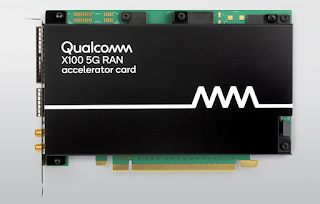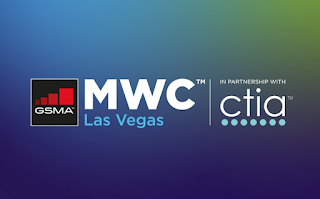Rakuten Mobile and Qualcomm Technologies agreed to collaborate to develop a next-generation 5G Radio Unit (RU) with Massive MIMO capabilities and distributed units (DUs).
The new products, which will leverage the Qualcomm X100 5G RAN Accelerator Card and high-performance Massive MIMO Qualcomm QRU100 5G RAN Platform, are designed to enhance Rakuten Symphony’s Symware product portfolio of Open RAN solutions.
Rakuten Mobile, Rakuten Symphony and Qualcomm Technologies aim to deliver a high-performance Open RAN Massive MIMO solution that supports configurations of up to 64T64R, which will enhance coverage, improve cell-edge data speeds, as well as increase the overall capacity of the network. This will also enable enhanced speed in the rollout of 5G networks with high performance O-RAN compliant infrastructure products.
"Rakuten Symphony is passionately committed to enabling the transformation of mobile networks for the digital-centric future and we are honored to have our group’s opportunity to collaborate with global technology leaders such as Qualcomm Technologies to achieve this goal," said Tareq Amin, chief executive officer, Rakuten Symphony, Inc. "The new RUs and DUs developed with the support of Qualcomm Technologies aim to offer mobile operators and other organizations a dynamic and cost-effective way to deploy high-performance, virtualized 5G networks through the adoption of O-RAN-compliant software and infrastructure."
“Qualcomm Technologies is pleased to collaborate with Rakuten Mobile, the parent company of Rakuten Symphony on the development of comprehensive solutions from Open RAN 5G Radio Units with Massive MIMO capabilities to high-performance Distributed Units platforms. Through this collaboration, our collective aim is to accelerate next generation 5G mobile infrastructure global adoption, and this milestone will help operators meet performance demands at the edge and provide enhanced user experiences,” said Durga Malladi, senior vice president and general manager, 5G, mobile broadband and infrastructure, Qualcomm Technologies, Inc.

















